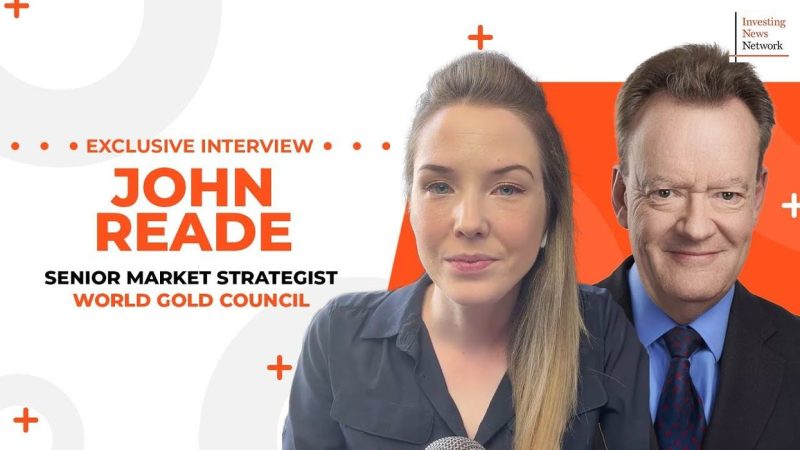In a recent interview with John Reade, Chief Market Strategist at the World Gold Council, he provided insights into the shifting drivers of gold prices and the potential factors that could fuel the next leg up in the precious metal’s value.
Shift in Gold Price Drivers:
As Reade outlined, the drivers of gold prices have been evolving in recent times, influenced by a variety of factors ranging from trade tensions to economic uncertainties. Traditionally, gold has been viewed as a safe haven asset, favored by investors during times of geopolitical instability or market turmoil. However, the dynamics affecting gold prices have undergone a transition, with changing demand patterns and new macroeconomic developments playing a significant role.
One noteworthy shift highlighted by Reade is the emergence of Central Bank policy as a key driver of gold prices. Central Banks, traditionally net sellers of gold, have become net buyers in recent years, signaling a shift in sentiment towards the precious metal. The growing trend of Central Banks diversifying their reserve assets to include more gold reflects a broader move towards de-dollarization and a desire for greater financial stability.
Furthermore, the role of interest rates in influencing gold prices has also undergone a transformation. Historically, there has been an inverse relationship between interest rates and gold prices, as higher interest rates tend to make non-interest-bearing assets like gold less attractive. However, in the current environment of low to negative real interest rates, gold has regained its shine as a store of value and portfolio diversifier.
Fueling the Next Leg Up:
Looking ahead, Reade identified several potential factors that could fuel the next leg up in gold prices. One significant driver is the continued economic uncertainty stemming from the ongoing COVID-19 pandemic. The unprecedented levels of fiscal and monetary stimulus deployed by governments and Central Banks worldwide have raised concerns about inflation and currency debasement, enhancing the allure of gold as a hedge against these risks.
Moreover, the increasing adoption of gold in sustainable investment strategies, such as ESG (Environmental, Social, and Governance) criteria, could contribute to higher demand for the precious metal. As investors increasingly prioritize ethical and responsible investing practices, gold’s unique properties as a store of value with limited environmental impact could make it an attractive asset within ESG portfolios.
In conclusion, the evolving landscape of gold price drivers underscores the dynamic nature of the precious metal as an investment asset. By understanding the shifting factors influencing gold prices and recognizing the potential catalysts for future price appreciation, investors can position themselves to capitalize on the opportunities presented by this enduring store of value.

